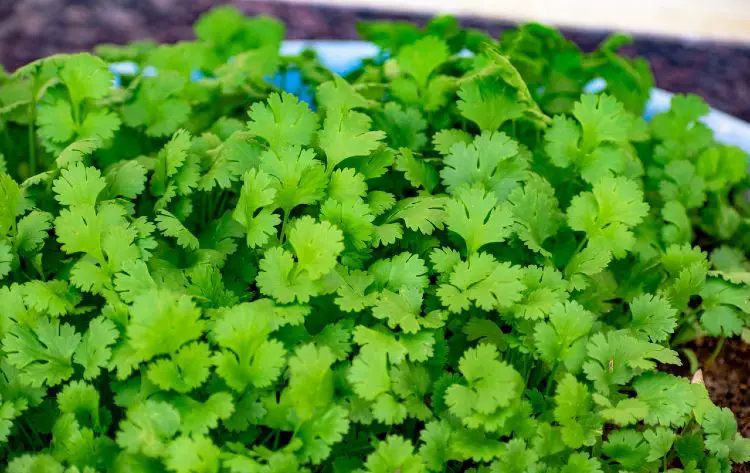A Burning Issue: The Social and Environmental Effects of Palm Oil in Food Production
Palm oil is a deep red fluid derived from the fleshy pulp of the fruit of the oil palm tree, Elaeis guineensis. Prized for its low production costs and solidity, due to its high saturated fat concentration, it can be used in a variety of products: when milled, refined and deodorised, it is used in the manufacture of soap and other cleaning products; when reduced to form palmitic acid, it was the primary element needed to make the napalm gel used in incendiary devices in World War Two.
Its primary use since it was first discovered, however, has always been in food production. Indeed, what began as a simple cooking ingredient in West and North Africa has now swept exponentially across the globe, finding its way into pastry dough, chocolate, chips and even breakfast cereal. According to a Friends of the Earth’s report in 2005, 1 in 10 leading supermarket products contain it: from Clover margarine to Hovis loaves and Jordan’s Country Crisp. Yet despite its ubiquity, most of us are completely unaware of its existence and implications. Why then, does this “invisible” ingredient have such visible and devastating consequences on the environment?
The extraction of palm oil is said to date back 5,000 years. In the late 19th century an archaeological discovery uncovered a mass of several kilograms of palm oil within a tomb at Abydos, Egypt. In the mid- fifteenth century, European travellers who had journeyed to West Africa, observed and recorded local use of palm oil. However, the predominance of olive oil and butter meant that palm oil’s popularity did not extend to Europe for another 200 years, when it became a significant product amongst goods which supplied the caravans and ships of the Atlantic slave trade. The emergence of the industrial revolution saw a soar in Europe’s consumption of palm oil for candles and as a lubricant for machinery and consequently, in the 19th century, West Africa began a small palm oil exporting trade. This exploded into a network of commercial Europe-run plantations in central Africa and Southeast Asia and by 1930, 250,000 tons of palm oil were being produced every year globally.
With increasing consumption since then, however, palm oil has become the subject of much controversy and concern. Given that the palm tree naturally thrives in hot, humid conditions, palm oil has become a lucrative business in Malaysia, Nigeria, Colombia and throughout the tropics, including the main producer of palm oil, Indonesia. According to Greenpeace UK, 6 million hectares of plantations have already supplanted previously-forested land in Indonesia, and plans are being made to establish 4 million more by 2015. This has earned Indonesia the title of the country with the fastest rate of deforestation in the 2008 Guinness Book of records. Thereupon, it is feared that 98% of Indonesia’s forests will have been destroyed within just 9 years.
The majority of Indonesia’s rainforests lie on peat land, which has carbon locked into it. Draining and burning these peat lands, as well as felling trees, releases vast amounts of carbon dioxide into the atmosphere. Rainforests are amongst the world’s most biodiverse ecosystems, natural habitats to a myriad of unique species that are unique to that part of the world. The rainforests of the Indonesian island of Sumatra are home to 565 bird species, 194 mammal species, 272 freshwater fish and over 10,000 plant species. These include the diminutive and stubbly Sumatran rhino (the most endangered rhino in the world) and the Sumatran tiger. Undeniably, the most famous example of a species which has suffered from loss of habitat and food shortage due to deforestation is the orangutan, which lives only in the forests of Borneo and Sumatra. According to the US Great Ape Trust, the orangutan population in Sumatra fell by 14 per cent between 2004 and 2008.
The effects of rainforest depletion as a result of oil palm plantation expansion extend not only to the environment and wildlife, but also to human beings. Native tribal communities have lived for hundreds of years in symbiotic harmony with rainforest habitats. One such tribe is the Dayak in Borneo, a semi-nomadic tribe of 10,000 members whose heritage spans over 3,000 years. The traditional Dayak livelihood of harvesting starch from the Sago tree has been severely debilitated by deforestation and their hunting grounds are swiftly shrinking. Moreover, loose human rights regulations associated with less economically developed countries have resulted in labourers on some plantations enduring exploitation, poor working conditions, long working hours and low pay.
The depletion of the rainforests has also wider implications for mankind’s dependence on botany in medical research. According to the Amazon Centre for Environmental Education and Research, 80% of the world’s population relies on botanical medicines, such as quinine and Scopolamine, and as much as 25% of prescription drugs are derived from plants. Nonetheless, it is estimated that fewer than 10% of the entirety of the rainforest’s plant species have been examined for their medicinal value. The potential for curing so many more diseases becomes decreasingly likely to be unlocked with every tree cut down.
In contrast to the many health-enhancing properties of these medicinal plants, palm oil is infamous for its associations with poor diet. As one of the very few highly saturated vegetable fats, it has been labelled by the World Health Organization as a significant cause of many cardiovascular diseasesespecially in its oxidised form within processed foods in the Western diet.
New steps are being taken to redress the devastating effect of deforestation in order to cultivate oil palm trees sustainably. Roundtable Sustainable Palm Oil (RSPO) is a non-profit organization founded in 2003, and for almost a decade it has fought to address the issues associated with the demise of the rainforests, and only certifies palm oil derived from oil palms grown on land that was not deforested to farm the crop. Some of its more noteworthy achievements have included the establishment of a bio-diversity technical committee and the formation of a smallholder task force to support lesser-scale independent plantation farmers. It has furthermore secured the membership of 40% of the world’s palm oil producers, as well as many renowned organizations and companies, such as The Rainforest Alliance, the World Wildlife Fund and even Cadbury Chocolate.
As a consumer, an easy way to certify the environmental friendliness and ethicality of palm oil products in shops is to look out for the RSPO certificate (a palm tree logo) or The Rainforest Alliance certificate (a frog logo). Alternatively, check the ingredients list to see if un-certified palm oil has been used in the product. The problems of the beleaguered rainforests of the world may seem a very long way away from our quotidien lives, but the impact of what we buy and consume in the affluent West sends a clear message to food producers all over the world of what ingredients we choose to invest in and which we replace on the shelf.
Bibliography and further information
If you would like to read more about the production of palm oil, here are some websites and articles that might be of interest.
http://www.lifewithoutpalmoil.org/
http://www.independent.co.uk/environment/the-guilty-secrets-of-palm-oil-are-you-unwittingly-contributing-to-the-devastation-of-the-rain-forests-1676218.html
http://www.greenpalm.org/en/about-palm-oil/what-is-sustainable-palm-oil
http://en.wikipedia.org/wiki/Palm_oil#Regional_production
http://www.rspo.org/en/standing_committees_
http://www.wcupa.edu/aceer/amigos/cd/medicinal_plants.htm




